Research Team in Plant Pathology
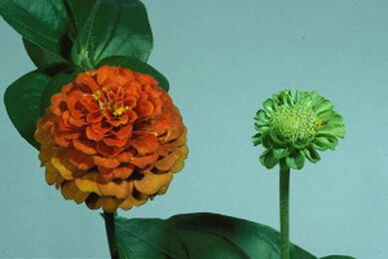
Active since the establishment of the University of Udine, the Research Team in Plant Pathology at the Department of Agricultural, Food, Environmental and Animal Sciences (DI4A) has wide research interests and expertise, ranging from basic science to field trials, with a passion-driven preference for phytoplasma diseases.
All aspects of the phytoplasmas and the diseases they cause, from epidemiology to genome analysis, diagnosis, physiopathology, control, recovery, taxonomy, and more, are being investigated.
Team scientists and research assistants
Giuseppe Firrao
Nazia Loi
Rita Musetti
Paolo Ermacora
Marta Martini
Laura Pagliari
Giulia Tarquini
Alberto Loschi
PhD Students (as in 2019/20)
Francesco Savian
Chiara Bernardini
Federico Bosetto
Gaia Carminati
Research themes pursued by the team
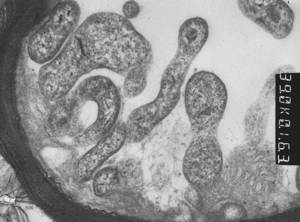
Plant/Pathogen Interactions
The interaction between pathogens and host tissues is a key aspect of pathogen virulence and host resistance. During the last years we focused our studies on phytoplasmas and their hosts, most of these are important crops for Italian agriculture. Currently we are setting up integrated approaches based on advanced microscopy and molecular techniques to give new insight on the interactions between phytoplasmas and phloem sieve elements and on the phytoplasma manipulation of host gene expression during flowering.
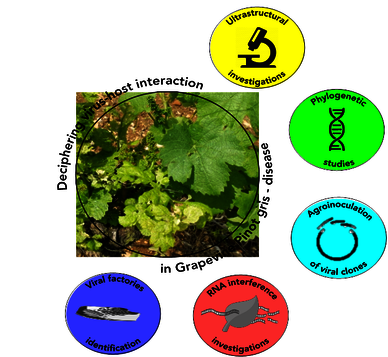
The Grapevine Leaf Mottling and Deformation Disease (GLMD), caused by the new Trichovirus named Grapevine Pinot gris virus (GPGV)
The new RNA virus GPGV was found in association with symptomatic and symptomless grapevines, raising many doubts about disease aetiology. We carried out ultrastructural observations and robust genome-scale phylogenetic analyses that provided a general overview about cytological aspects and intraspecific diversity and evolution of the virus. In the attempt to clarify the GLMD aetiology, full-length cDNA clones of the virus (i.e. virulent and latent) were developped and used in Agrobacterium-mediated inoculation of natural host (Vitis vinifera) and model plants (Nicotiana benthamiana). This system was exploited to investigate plant antiviral mechanism(s) and GPGV counter-defence strategy(s), performing studies about RNA silencing and its virus-mediated suppression.
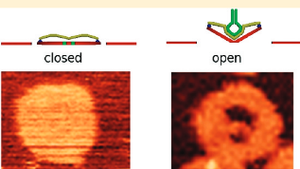
A DNA origami based nanorobot autonomsly detects RNA viruses
Nanobiotechnology is a new approach to the challenge of an efficient and environmentally friendly production. In agricolture, we believe that nanotechnology will play a significant role in the development of innovative methods for pathogen control in the near future. Our current aim is the development of nanorobots capable of responding to molecular signals. For the construction of such a nanorobot, we used a technique named DNA-origami where, as in the Japanese art of paper folding, a single stranded DNA molecule is folded into a desired shape by hybridization to synthetic oligonucleotides. In the realized protype, the nanorobot responded with the activation of a peroxidase activity to the presence of viral RNA.
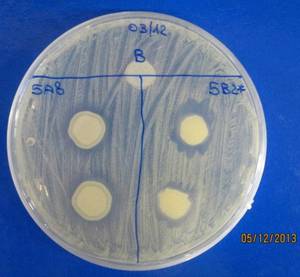
Endophytes as strategy for disease control
Plants frequently host endophytic fungi and/or bacteria which, for all or part of their lifecycle, colonize the tissues of living plants without causing disease. Endophytes establish mutualistic relationships with plants also inducing physiological modifications in their hosts, making them more resistant against biotic or environmental stresses.
An example is given by P.s.actinidiae (see below) and kiwi plants: starting from asymptomatic individuals selected in highly epidemic areas, endophytic organisms were isolated and tested for their antimicrobial activity. Some promising results obtained in vitro will be tested in artificial infection under controlled and field conditions.
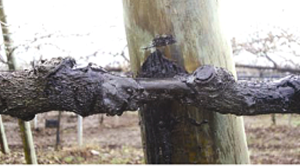
Bacterial canker of kiwifruit
Pseudomonas syringae pv. actinidiae is an emerging plant pathogenic bacterium that caused severe production losses in Italy. It has recently also been found in Friuli Venezia Giulia. We are conducting field studies in order to develop specific suitable measures for the containement of the disease in our area. We also pjoneeried the genomic studies on this bacterium with the aim of detecting the features that made this bacterium so aggressive. It was found that the Pseudomonas syringae subsp. actinidiae that cause the present outbreak in Italy and in other parts of the world has incorporated a large fraction of exogeneous DNA that expanded its pathogenetic capabilities.
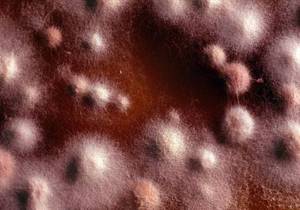
Assesment of mycotoxin contamination risk
Food contamination with fungal secondary metabolites, such as the mycotoxins, has been a major limit for population wellness and development in the past. Although today social protection against this plague has been largely established, climate change is reintroducing concern. We focused our research on the development and evaluation of innovative methods for the early assessment of contamination risk: i) aerobiological sampling of fungal spores; ii) comparative image analysis with near infrared illumination; iii) Fourier transform near infrared spectroscopy (FT-NIR) implemented with integrating sphere; iv) prediction model based on agronomic data with neural network approach.
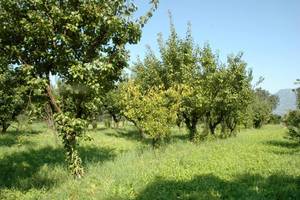
Environmental-friendly methods to control diseases
The unavailability of direct methods to control phytoplasmas emphasizes the role of prevention of the disease spread, particularly through the control of natural vectors. Concerning European Stone Fruit Yellows (ESFY), the main stone fruit disease in North East Italy, a control approach based on repellent effect against the vector Cacopsylla pruni was set up. In semi-controlled conditions, the spreading of ESFY in conifer extract-treated plots was reduced similarly to the plots treated with systemic insecticides. Another innovative approach in phytoplasma disease control was based on increasing resilience of the cultivated system. In particular, the model apricot-ESFY was investigated. A clear effect in increased tolerance to ESFY was reported in apricot plants cloned from individuals recovered from the disease, when compared to plants of the same genotype, obtained from never-infected plants. In the case of other important diseases, e.g. Rhizoctonia solani root rot on lamb’s lettuce and sooty blotch disease of apple caused by Alternaria spp., potential biocontrol agents have been selected and tested in vitro and in controlled conditions.
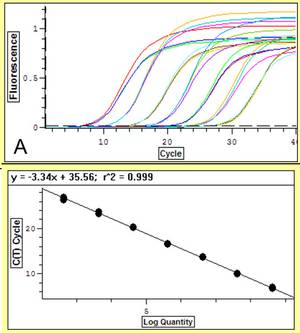
Molecular detection, identification, and differentiation of phytoplasmas
Accurate identification and early detection of pathogens is a crucial step in plant disease management. To date an increasing number of nucleic acid based molecular methods have been adopted for routine detection of pathogens in diagnostic laboratories. Our work contributed to the demonstration that the differentiation of distinct phytoplasma strains can be enhanced by analyzing genetic markers less conserved than 16S rDNA, such as ribosomal protein (rp) and secY genes, and to the development of new detection and analysis strategies.
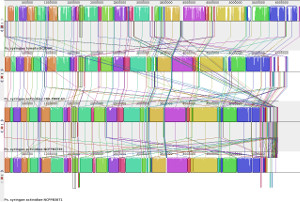
Genomics of plant pathogens
A look in the genome features of the pathogens may provide valuable hints to understand why and how they cause diseases. We used Second Generation Sequencing to investigate the genomes of bacterial strainsbelonging to Pseudomonas syringe pv. syringae, P.s. pv. actinidiae, P.s. pv. theae, P. avellanae, P. savastanoi, "Candidatus Phytoplasma asteris", Ca. P. pruni", Xanthomonas perforans, and more. The genome studies provided information that is being exploited for the characterization of virulence and pathogenicity factors and for the refinement of the taxonomy of the groups involved.
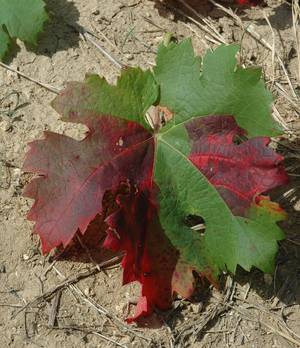
Etiology and epidemiology of phytoplasma diseases
A important area of interest is related to phytoplasma diseases epidemiology, mainly concerning the phytoplasmas that affect fruit-trees and grapevine. Such as Grapevine yellows, as European Stone fruit Yellows, Apple proliferation, Pear decline epidemics are recurrent in North-East Italy, and studies are carried out on vectors presence, spreading and infectivity. A close cooperation was established with the local phytosanitary service in order to apply the best management techniques to counteract disease spreading.
